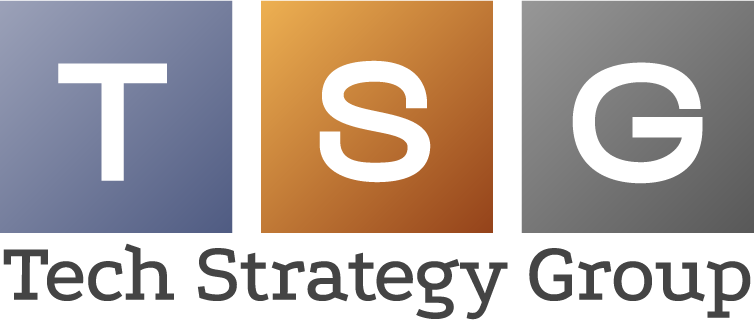In the realm of cloud computing, Desktop as a Service (DaaS) has emerged as a transformative solution, offering businesses flexibility, scalability, and enhanced security in managing their desktop environments. As organizations increasingly embrace remote work and seek to modernize their IT infrastructure, understanding the basics of DaaS is essential. Let’s delve into what DaaS is, its key components, benefits, and considerations for adoption.
What is DaaS?
Desktop as a Service (DaaS) is a cloud computing solution that delivers virtual desktops to end-users over the internet. Unlike traditional desktop environments managed on physical hardware, DaaS provides a virtualized desktop experience hosted in the cloud. Users access their desktops and applications remotely from any internet-connected device, including desktop computers, laptops, tablets, and smartphones.
Key Components of DaaS
Virtual Desktop Infrastructure (VDI): At the core of DaaS is Virtual Desktop Infrastructure, where desktop operating systems, applications, and user data are hosted and managed on virtual machines in the cloud. VDI technology enables the creation, deployment, and management of multiple virtual desktop instances from a centralized infrastructure.
Cloud Infrastructure: DaaS relies on cloud infrastructure provided by a cloud service provider (CSP), such as Amazon Web Services (AWS), Microsoft Azure, or Google Cloud Platform (GCP). The CSP hosts the virtual desktops, storage, networking, and other resources necessary to deliver the DaaS solution.
Connection Broker: The connection broker acts as an intermediary between users and virtual desktop instances, facilitating user authentication, session management, and resource allocation. It ensures that users are connected to the appropriate virtual desktop based on their credentials and access permissions.
User Profile Management: DaaS solutions typically include user profile management capabilities to customize the desktop environment based on individual preferences and requirements. User profiles store settings, preferences, and personalization options, ensuring a consistent experience across different devices.
Security Features: Security is a critical aspect of DaaS, with features such as data encryption, multi-factor authentication (MFA), and endpoint security measures implemented to protect sensitive information and prevent unauthorized access.
Benefits of DaaS
Flexibility and Scalability: DaaS offers organizations the flexibility to scale their desktop infrastructure up or down based on changing business needs. It enables rapid provisioning of desktops for new employees, seasonal workers, or temporary projects without the need for significant upfront investments in hardware.
Remote Accessibility: With DaaS, employees can access their virtual desktops and applications from anywhere with an internet connection, enabling remote work, BYOD (Bring Your Own Device) initiatives, and business continuity in the event of disruptions or disasters.
Cost Efficiency: DaaS eliminates the need for organizations to purchase, maintain, and upgrade physical desktop hardware. Instead, they pay for DaaS subscriptions on a per-user, per-month basis, reducing upfront capital expenditures and providing predictable operational expenses.
Centralized Management and Maintenance: DaaS centralizes desktop management and maintenance tasks, simplifying IT administration and reducing overhead. Updates, patches, and software installations can be performed centrally, ensuring consistency and compliance across the organization.
Enhanced Security: By hosting desktop environments in the cloud, DaaS providers implement robust security measures to protect against data breaches, malware, and other cybersecurity threats. Data is encrypted in transit and at rest, and access controls are enforced to mitigate risks.
Considerations for Adoption
Performance and User Experience: Assess the performance and user experience of DaaS solutions, considering factors such as latency, bandwidth requirements, and support for multimedia-rich applications.
Compliance and Regulatory Requirements: Ensure that the chosen DaaS solution complies with industry-specific regulations and data protection standards, especially for organizations operating in highly regulated sectors such as healthcare, finance, or government.
Integration with Existing Infrastructure: Evaluate the compatibility and integration capabilities of DaaS with existing IT infrastructure, including on-premises systems, legacy applications, and identity management solutions.
Vendor Reliability and Support: Choose a reputable DaaS provider with a track record of reliability, security, and customer support. Consider factors such as service level agreements (SLAs), uptime guarantees, and responsiveness to customer inquiries and issues.
Data Migration and Onboarding: Plan for data migration and onboarding processes when transitioning to a DaaS solution, ensuring minimal disruption to end-users and business operations. Consideration should be given to data migration tools, training programs, and change management strategies.
Desktop as a Service (DaaS) offers organizations a flexible, scalable, and secure solution for managing their desktop environments in the cloud. By understanding the basics of DaaS, including its key components, benefits, and considerations for adoption, businesses can make informed decisions about leveraging this technology to empower their workforce, enhance productivity, and drive digital transformation in the modern workplace.







